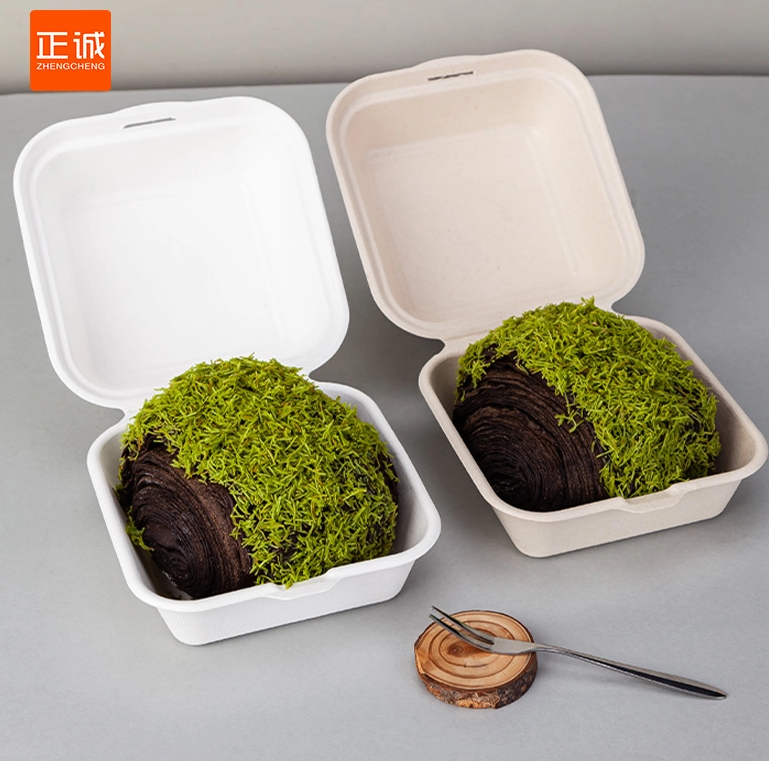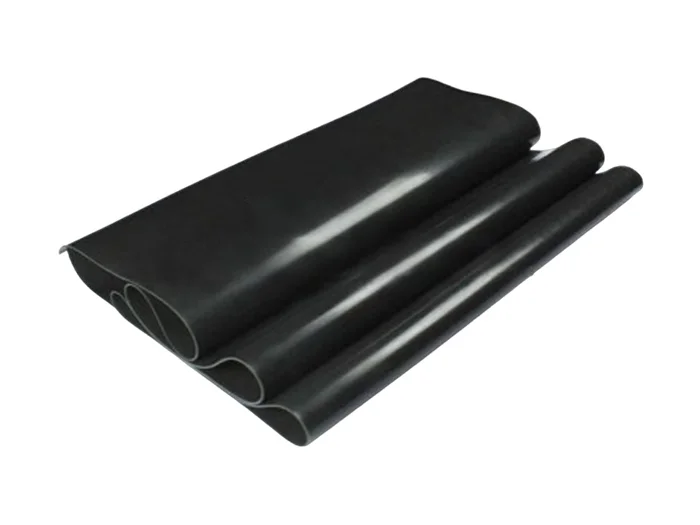Exploring the Safest Materials for Food Containers: A Comprehensive Guide to Healthier Choices
4 min readIn an era where health consciousness is on the rise, the materials used in food containers have garnered significant attention. Consumers are increasingly aware of the potential risks associated with certain materials, leading to a demand for safer alternatives. This article delves into the safest materials for food containers, examining their properties, benefits, and potential drawbacks, while providing practical insights for making informed choices.
Understanding Food Safety and Material Composition
Food safety is paramount, and the materials used in food containers play a crucial role in preventing contamination and ensuring the integrity of the food. Various materials are commonly used in food storage, including plastics, glass, stainless steel, and silicone. Each of these materials has unique characteristics that influence their safety, durability, and suitability for different types of food.
- Glass: The Gold Standard for Food Storage
Benefits:
Glass containers are often regarded as the safest option for food storage. They are non-reactive, meaning they do not leach chemicals into food, even when exposed to heat or acidic substances. Glass is also easy to clean and does not retain odors or stains, making it an excellent choice for long-term storage.
Drawbacks:
While glass is durable, it is also breakable. Care must be taken to avoid chipping or shattering, especially in households with children. Additionally, glass containers can be heavier than their plastic counterparts, which may be a consideration for portability.
- Stainless Steel: A Durable and Safe Alternative
Benefits:
Stainless steel is another highly regarded material for food containers. It is resistant to rust, corrosion, and staining, making it ideal for both hot and cold foods. Stainless steel is also non-reactive, ensuring that it does not impart any flavors or chemicals into the food.
Drawbacks:
One potential downside of stainless steel is that it is not microwave-safe. Additionally, some stainless steel containers may have plastic components, such as lids, which could pose a risk if they contain harmful chemicals like BPA (bisphenol A). It is essential to choose high-quality, food-grade stainless steel products to mitigate this risk.
- Silicone: Versatile and Flexible
Benefits:
Silicone containers have gained popularity due to their flexibility and versatility. They are heat-resistant, microwave-safe, and can be used for both freezing and baking. Silicone is also non-toxic and does not leach harmful chemicals, making it a safe choice for food storage.
Drawbacks:
While silicone is generally safe, it is crucial to ensure that the silicone used is food-grade and free from fillers. Some lower-quality silicone products may contain additives that could compromise safety. Additionally, silicone containers may not be as rigid as glass or stainless steel, which could affect their stacking and storage capabilities.
- BPA-Free Plastics: A Cautious Choice
Benefits:
BPA-free plastics have emerged as a safer alternative to traditional plastics that contain bisphenol A, a chemical linked to various health concerns. Many manufacturers now produce food containers made from BPA-free materials, which can be a suitable option for short-term food storage.
Drawbacks:
Despite being BPA-free, some plastics may still contain other harmful chemicals, such as phthalates or styrene. Additionally, plastics can degrade over time, especially when exposed to heat, leading to potential leaching of chemicals into food. It is advisable to avoid using plastic containers for heating food in microwaves or dishwashers.
Making Informed Choices: Tips for Selecting Safe Food Containers
- Research Material Safety: Always check for certifications and safety standards when purchasing food containers. Look for products labeled as food-grade, BPA-free, and free from harmful chemicals.
- Consider Usage: Choose materials based on how you plan to use the containers. For long-term storage, glass or stainless steel may be preferable, while silicone can be ideal for versatile cooking and baking needs.
- Avoid High Temperatures: Regardless of the material, avoid exposing food containers to high temperatures unless they are specifically designed for it. This is particularly important for plastics, which can warp or leach chemicals when heated.
- Regularly Inspect Containers: Periodically check your food containers for signs of wear and tear. Discard any containers that are scratched, cracked, or discolored, as these may harbor bacteria or leach harmful substances.
Conclusion: Prioritizing Safety in Food Storage
In conclusion, the choice of material for food containers significantly impacts food safety and overall health. Glass and stainless steel stand out as the safest options, while silicone offers versatility and convenience. BPA-free plastics can be a cautious choice, but consumers should remain vigilant about potential chemical leaching. By understanding the properties and safety of various materials, individuals can make informed decisions that prioritize their health and well-being. As we continue to navigate the complexities of food safety, selecting the right food containers is a vital step toward a healthier lifestyle.


